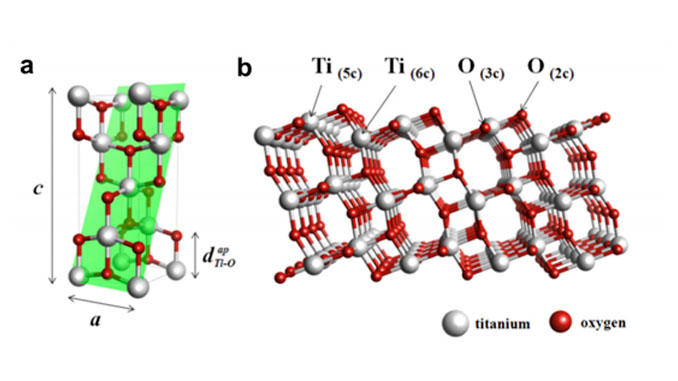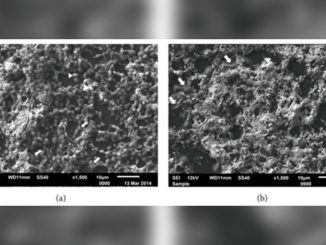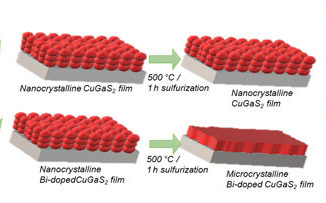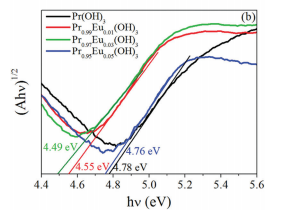
Writers: Valeria M. Longo, Francini C. Picon, Camila Zamperini, Anderson R. Albuquerque, Julio R. Sambrano, Carlos E. Vergani, Ana L. Machado, Juan Andrés, Antônio C. Hernandes, José A. Varela, Elson Longo
Keywords: nanocrystal; antifungal
Abstract: Using a solvothermal method for this research we synthesized nanocrystalline titanium dioxide (nc-TiO2) anatase particles with a mean diameter of 5.4 nm and evaluated their potential antifungal effect against planktonic cells of Candida albicans without UV radiation. To complement experimental data, we analyzed structural and electronic properties of both the bulk and the (1 0 1) surface of anatase by first-principles calculations. Based on experimental and theoretical results, a reactive O2H and OH species formation mechanism was proposed to explain the key factor which facilitates the antifungal activity.




